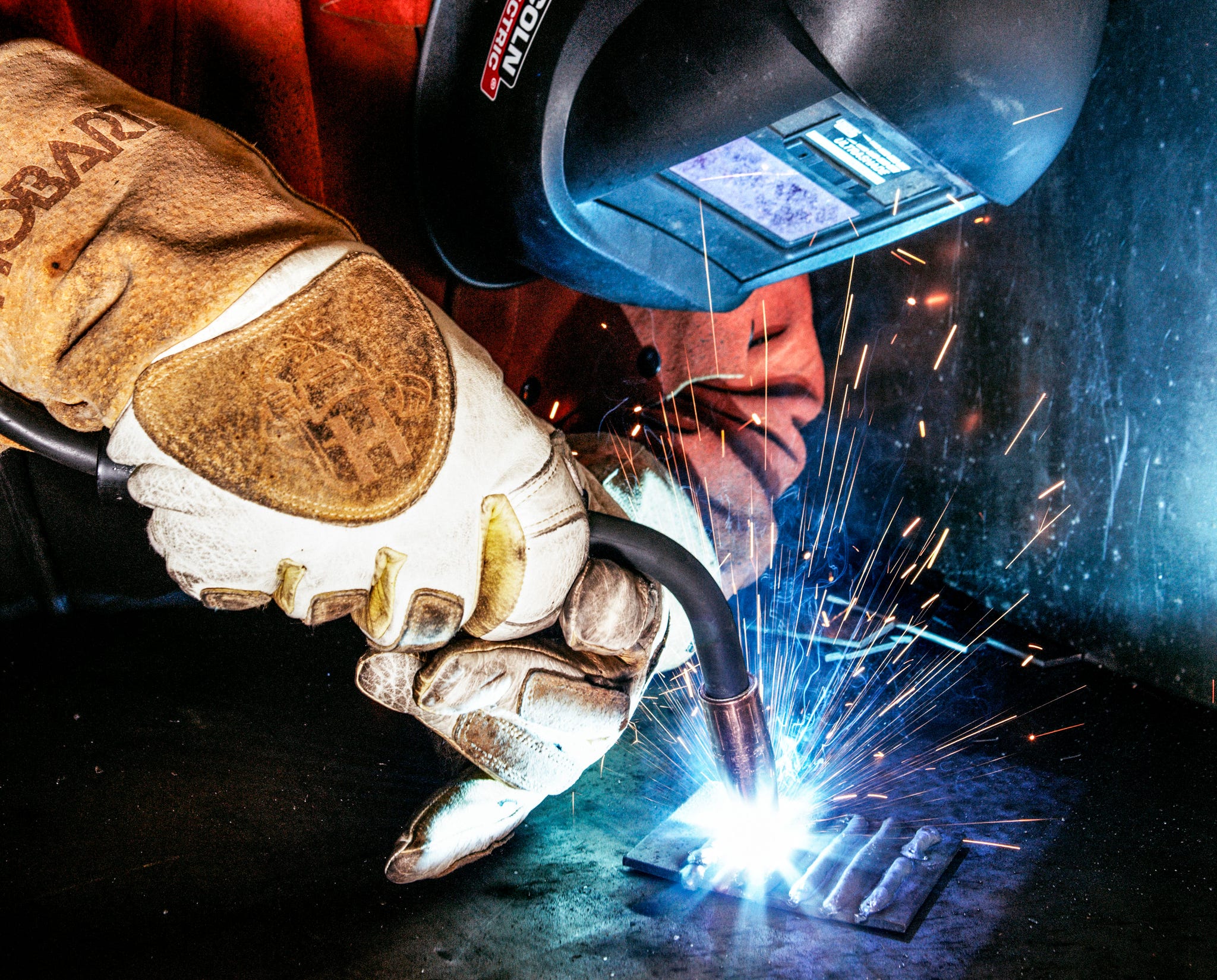Just how to Develop an Efficient Welding WPS: Tips and Best Practices
Just how to Develop an Efficient Welding WPS: Tips and Best Practices
Blog Article
The Ultimate Overview to Welding WPS Procedures: An Extensive Introduction for Welders
In the detailed globe of welding, Welding Procedure Specifications (WPS) serve as the foundation of making sure quality, uniformity, and safety and security in welding procedures (welding WPS). As we delve right into the numerous parts of a WPS and explore the complexities of credentials and certification, we will certainly reveal the essential function these procedures play in the world of welding.
Value of WPS Procedures
Comprehending the importance of Welding Treatment Specifications (WPS) treatments is important for making sure the quality and honesty of welded structures. WPS treatments work as a roadmap for welders, laying out the required steps, specifications, and products needed to accomplish an audio weld. By sticking to WPS guidelines, welders can make certain uniformity in their job, resulting in structurally sound and dependable welds.
One of the main reasons WPS procedures are necessary is their duty in keeping weld high quality and stability. Following the defined welding specifications and techniques described in the WPS aids avoid problems such as porosity, cracking, or incomplete combination, which can compromise the stamina and resilience of the weld. In addition, WPS treatments are critical for ensuring conformity with sector requirements and codes. By following established WPS guidelines, welders can show that their work meets the essential demands for security and quality, giving assurance to clients, examiners, and regulatory bodies. Fundamentally, the importance of WPS procedures can not be overemphasized, as they are basic to achieving consistent, top notch welds that meet industry requirements and specifications.

Components of a WPS
A Welding Procedure Specification (WPS) typically makes up necessary parts that detail the particular requirements for executing a weld, ensuring consistency and quality in the welding procedure. The essential components of a WPS include crucial variables such as base metals, filler metals, interpass and preheat temperatures, welding processes, shielding gases, welding settings, and post-weld warm therapy demands.
Base metals describe the materials being joined, while filler steels are utilized to load the void between the base metals during welding. Preheat and interpass temperature levels are critical for regulating the heat input and protecting against concerns like breaking or distortion. The welding process lays out the certain strategy to be made use of, whether it's gas steel arc welding (GMAW), protected metal arc welding (SMAW), or an additional method. Shielding gases secure the weld pool from climatic contamination. Welding placements define the positionings in which welding can be done. Post-weld warm treatment may be required to alleviate anxieties and boost the weld's homes. A detailed understanding of these components is vital for developing a detailed and efficient WPS.

Credentials and Accreditation
Having actually developed the important parts of a Welding Treatment Requirements (WPS), the emphasis now moves towards the essential facets of qualification and certification in welding practices.

Certification, on the various other hand, is the formal recognition of a welder's certifications by a pertinent certification body or company. Welding qualifications are generally based upon the specific welding processes, products, and settings a welder is certified to deal with. Holding a valid welding qualification demonstrates that a welder meets sector standards and is proficient to carry out welding tasks to the called for specifications.
Developing a WPS
To develop a Welding Treatment Requirements (WPS) that meets industry criteria, cautious consideration of welding procedures, materials, and functional specifications is vital (welding WPS). The primary step in creating a WPS is to identify the welding procedure to be made use of, such as gas steel arc welding (GMAW) or shielded metal arc welding (SMAW) Once the welding process is established, the next vital element is choosing the suitable materials, thinking about variables like base steel type, thickness, and joint style. Operational parameters such as welding existing, voltage, traveling rate, and shielding gas make-up must likewise be carefully defined in the WPS.

Implementing and Keeping Track Of WPS
Upon settling the extensive Welding Treatment Specification (WPS) that thoroughly information welding procedures, products, operational criteria, and top quality guarantee actions, the emphasis changes to properly implementing and keeping an eye on the recognized procedures. Implementation includes making certain that all welders involved in the job are acquainted with the WPS and follow it thoroughly during the welding procedure. Reliable execution and tracking of the WPS are critical for making sure the integrity, strength, and security of the welded joints, ultimately adding to the total success of the welding task.
Final Thought
In final thought, understanding and adhering to Welding Treatment Requirements (WPS) is essential for welders to ensure high quality, uniformity, and safety in their work. By understanding the components of a WPS, acquiring appropriate certifications and accreditations, developing thorough treatments, and executing and checking them successfully, welders can boost their skills and proficiency in welding methods. Complying with WPS treatments is important for creating high-grade welds and meeting sector standards.
In the elaborate globe of welding, Welding Procedure Requirements (WPS) offer as the backbone of making certain high quality, consistency, and safety and security in welding procedures. The welding procedure lays out the particular strategy to be made use of, whether it's gas go to this website steel arc welding (GMAW), secured metal arc welding (SMAW), or one more method.To establish a Welding Procedure Specification (WPS) that meets market requirements, cautious consideration of welding procedures, products, and functional parameters is vital. The very first action in producing a WPS is to identify the welding process to be utilized, such as gas steel arc welding (GMAW) or secured metal arc welding (SMAW)Upon completing the thorough Welding Treatment Specification (WPS) that thoroughly information welding processes, materials, operational parameters, and high quality assurance procedures, the emphasis shifts to efficiently executing and keeping track of the well established procedures.
Report this page